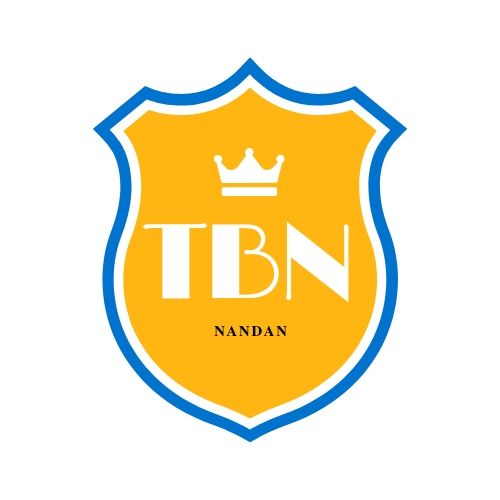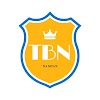Arduino is an open-source electronics platform based on easy-to-use hardware and software. It is designed to make it easy for anyone to create interactive electronic projects. With Arduino, you can build anything from simple LED lights to complex robots.
If you're new to Arduino, you might be wondering how to get started. In this blog post, we will provide a step-by-step guide on how to work with Arduino.
Step 1: Get an Arduino Board The first step is to get an Arduino board. There are many different Arduino boards available, but the most popular is the Arduino Uno. You can purchase an Arduino board online or from a local electronics store.
Step 2: Install the Arduino IDE Once you have your Arduino board, you will need to install the Arduino Integrated Development Environment (IDE) on your computer. The IDE is a software application that allows you to write and upload code to your Arduino board.
You can download the Arduino IDE from the official Arduino website. The IDE is available for Windows, Mac, and Linux.
Step 3: Connect Your Arduino Board Connect your Arduino board to your computer using a USB cable. The USB port on the Arduino board is used for power and communication.
Step 4: Open the Arduino IDE Open the Arduino IDE on your computer. The IDE is where you will write your code.
Step 5: Write Your First Program Now that you have the IDE open, it's time to write your first program. The Arduino programming language is based on C++, so if you're familiar with C++, you'll have an easier time learning Arduino.
Here is an example program that will blink an LED on and off:
scssvoid setup() {
pinMode(13, OUTPUT);
}
void loop() {
digitalWrite(13, HIGH);
delay(1000);
digitalWrite(13, LOW);
delay(1000);
}
Copy this code into the IDE and click the "Upload" button to upload it to your Arduino board.
Step 6: Test Your Program If everything went well, your LED should now be blinking on and off. Congratulations, you've just written and uploaded your first Arduino program!
Step 7: Experiment and Learn Now that you've written your first program, it's time to start experimenting and learning. There are many resources available online that can help you learn more about Arduino programming and electronics.
The Arduino website has a great Getting Started guide that covers everything you need to know to get started with Arduino. There are also many Arduino forums and communities online where you can ask questions and get help.
Conclusion Working with Arduino is a fun and rewarding experience. With a little bit of practice and experimentation, you can create some amazing projects. Just remember to start small, learn from your mistakes, and have fun!






0 Comments